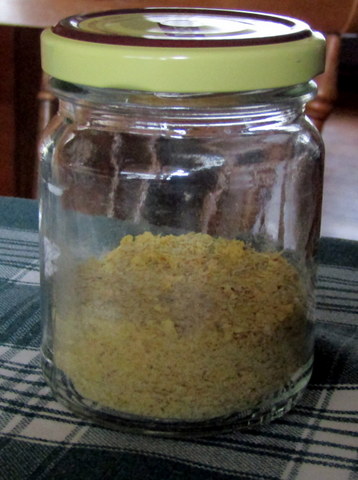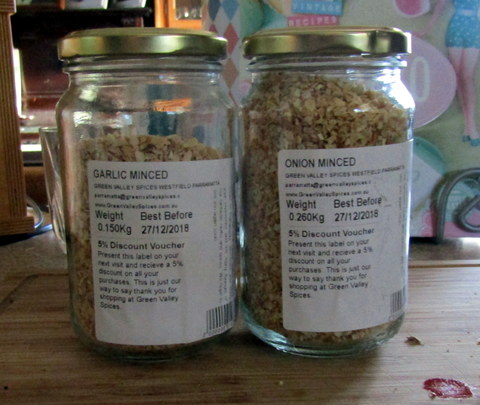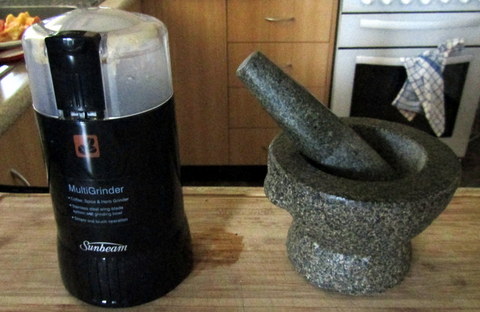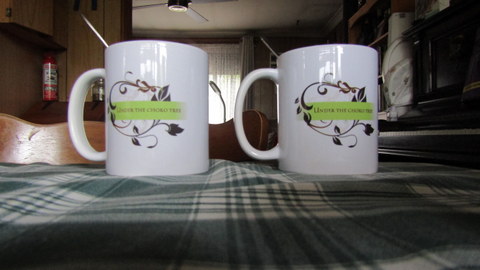Making your own stock at home can be fun and rewarding, but it can also be time consuming and if (like me) you are crap at stock making it can be disappointing and frustrating. So if you want to make up a batch of stock quickly for, say, a soup noodle or you want to add some concentrated flavour to a dish you are working on, stock powder (commercial or home produced) can fill that need.
There are other reasons why you may want to make stock powder –
- You know what’s in it – if you don’t put in any MSG, artificial colours, flavours or preservatives you can be absolutely sure there is none of them in your mix.
- Zero waste – this applies particularly when you are looking to replace stock cubes, but if you get your raw materials supplied bulk, into your own glass jars or (in the case of dried herbs) produce them yourself, the product will be zero waste.
- Blend to your own taste – it may be you find the commercial stuff not to your taste, so you can experiment and come up with your own version which suits you.
- Freshness – you know the freshness of your ingredients and if you are regularly using your stock powder you can be sure it will always be fresh.
- Interesting – making your own stock powders from scratch is a fascinating pastime – and you get food at the end!
Having decided to have a go at making our own stock powder, I did a bit of research and came up with a starting formulation based on a recipe in the “Naked Kitchen Veggie Burger Book” by Sarah Davies. This is what I came up with:
½ cup nutritional yeast
1 tablespoon onion powder
1 teaspoon garlic powder
3 teaspoon salt
1 teaspoon thyme
1 teaspoon parsley
¼ teaspoon ground sage leaf
¼ teaspoon rosemary crushed or ground
Pinch turmeric
A couple of notes about the ingredients –
Nutritional yeast – this usually comes in the form of flakes and can be bought bulk into your own containers at places like the Source Bulk Foods or packaged in health food stores and sometimes supermarkets. It is baker’s yeast which has been “deactivated” (read “killed”) by toasting and gives a wonderful nutty cheesy taste often described as umami.
If you have some yeast which is no longer giving your bread a good rise, try toasting it in a pan on the stove until it is golden, thereby making your own nutritional yeast.
Onion and Garlic Powder – this is also available in bulk from a local spice supplier and we get it weighed into our own jars. It also comes in flake or granule form and because we use the flake in other recipes I buy that and use a coffee/spice grinder to grind it to powder when powder is required.
It is quite doable to dice up your own bought or home grown onions and garlic and dehydrate them so that you can reduce costs, use up home grown produce, or ensure only organic ingredients are used.
Parsley, Sage Rosemary and Thyme (sounds like a good line for a song) – these can all be easily grown and dried at home, or bought packaged or bulk if home production is not feasible for you. They can be ground in a spice grinder or mortar and pestle before use to improve ease of mixing. It is also possible to rub the fresh herbs through a fine sieve before adding to the mix but the shelf life of the stock powder will be very short, requiring it to be used immediately or stored in the fridge for only a few days.
Turmeric – is a bit trickier but can be grown and processed at home, we grow it but have not got to the processing stage yet.
Testing
My flavour reference was Massell Chicken Stock Cubes because we like them and I use them quite a bit. Once I had a mix I was happy with I got two identical cups, put in half a stock cube in one and a teaspoon of the stock mix (figuring one was equivalent to the other) and added a (250ml) cup of hot water into each. Without her knowing which was which I gave them to Linda to taste. Without hesitation she identified the homemade one as very weak and bland. (bugger!)
To discover what my problem was I weighed both the half a stock cube and the teaspoon of stock powder. Low and behold, while the half stock cube weighed 6 grams the teaspoon of powdered stock only weighed 3 grams. No wonder it tasted bland! I added another teaspoon of stock powder to the original cup and we both had a taste test. This time the two cups were difficult to tell apart. Success!
Storing and Using
So the big hint is, for stock equivalent to good chicken stock add two teaspoonsful of stock powder per cup (measuring cup = 250 mls) of hot water. Store the made up stock powder in a sealed container stored in a cool, dark, dry place and it should last 12 months.







